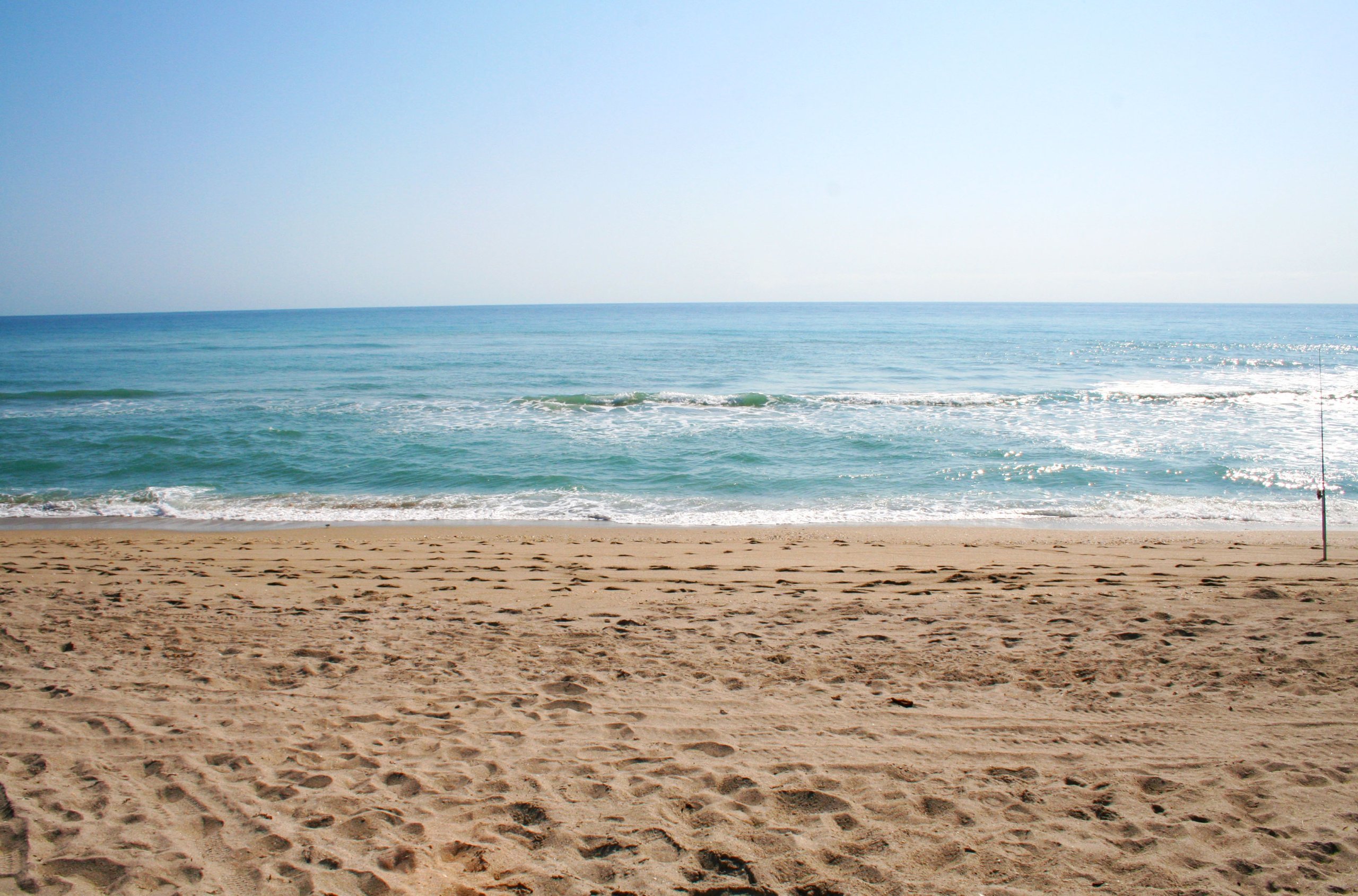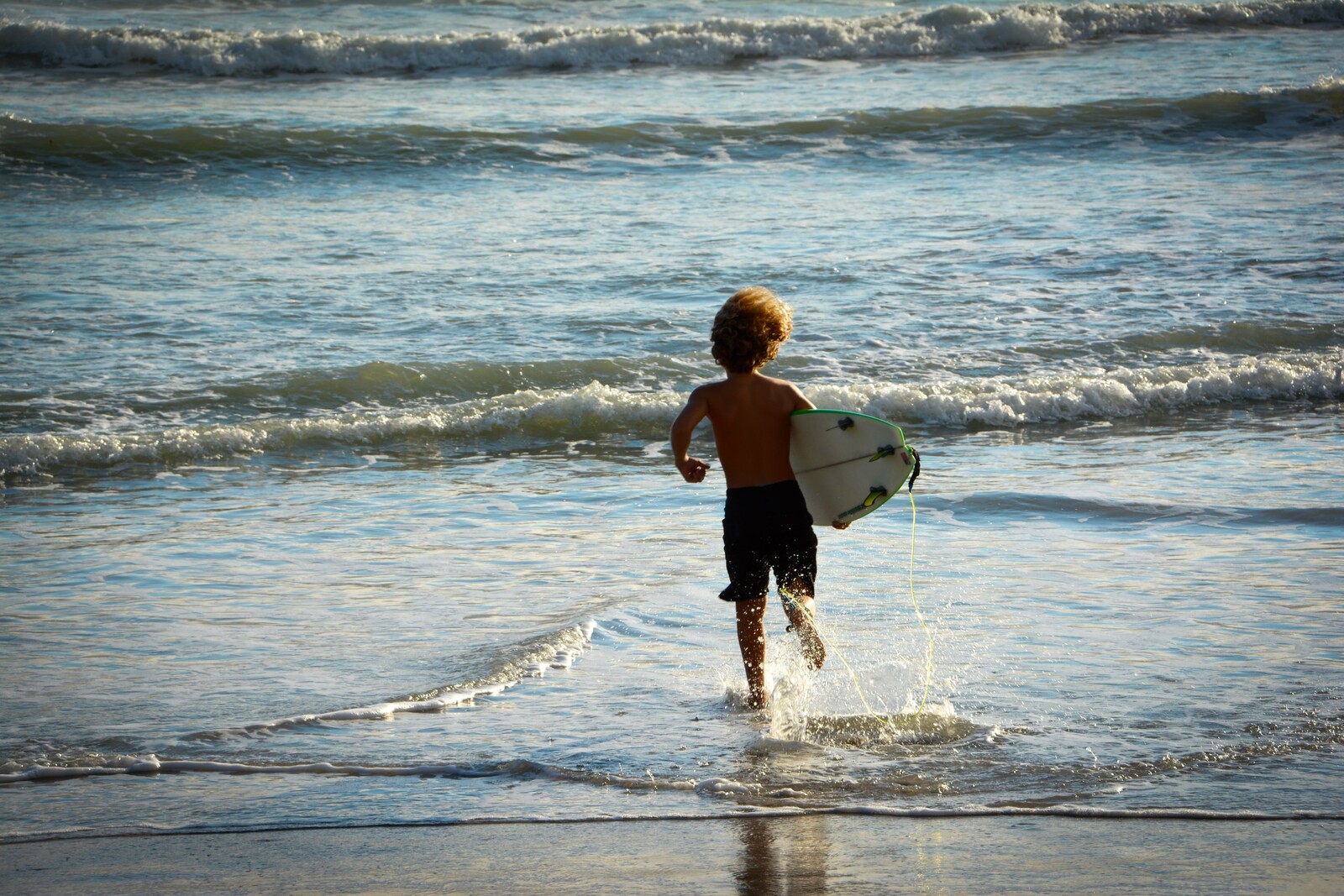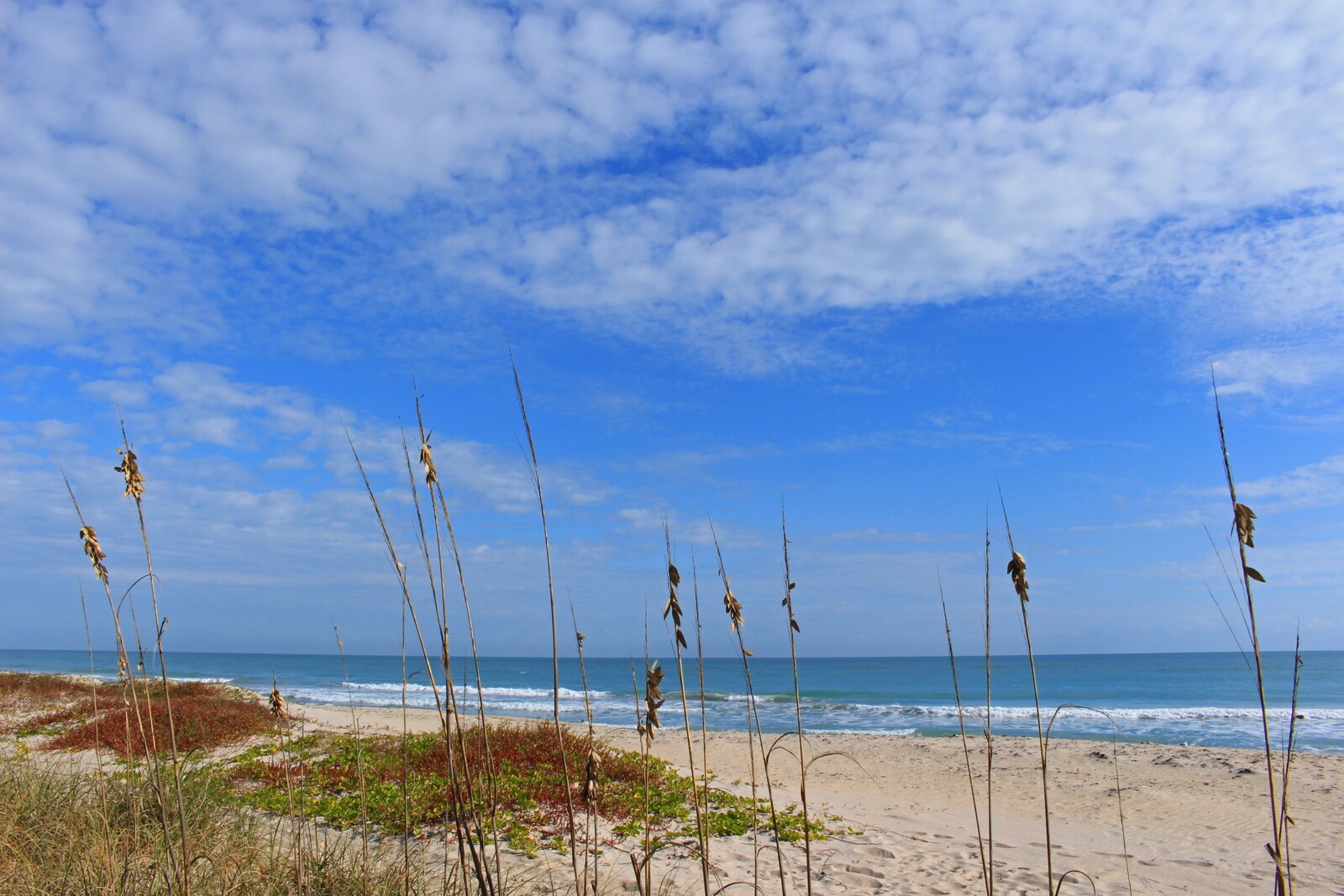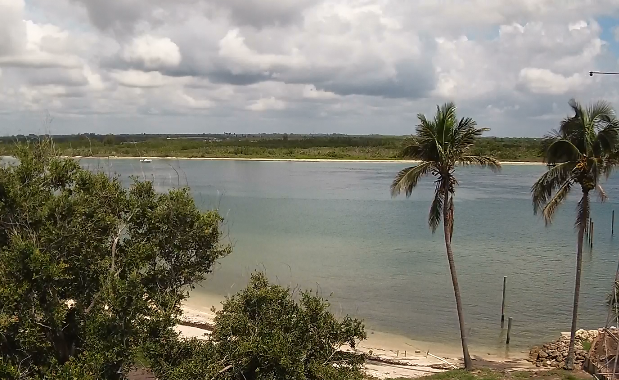Water Quality Conditions – Beaches, Waterways and Estuaries
Beach Conditions Hotline: 772-462-1421
Lifeguards provide daily updates by 11am
Due to media reports from various sources, we understand you may have concerns before traveling to our area, so we encourage you to use this information to make informed decisions and know the facts. We have gathered information and direct links to obtain the latest report on the water quality conditions of our beaches, waterways and estuaries to help you with your trip planning. Please use this page as a resource as conditions are regularly updated. We also recommend that you contact your hotel or lodging facility, as they will be a good resource for the current conditions at your location within St. Lucie County.
Visitor safety is our top priority, therefore we are diligent in ensuring that you are being directed to the proper resources for the most up-to-date information associated with these issues. We can assure you that our residents, local business owners, officials, environmental organizations and elected officials are working hard to find long-term solutions to solve these issues.



Please use these links as a resource to stay up-to-date on the latest news and conditions of our beaches, waterways and estuaries.
Current Conditions – Check These Useful Links
Florida Healthy Beaches Program (Florida Department of Health in St. Lucie County)
Information on this site provides biweekly reports on the beach water sampling at designated locations. The coastal beach water samples collected by the county health departments are analyzed for enterococci bacteria. High concentrations of these bacteria may indicate the presence of microorganisms. County health departments will issue health advisories when these conditions are confirmed. Testing is done at a local state certified laboratory and the results are updated twice monthly.
St. Lucie River Sampling (Florida Department of Health at St. Lucie County)
The St. Lucie County Health Department collects biweekly samples from locations on the North Fork of the St. Lucie River – these include River Park Marina & Veterans Memorial Park in Port St. Lucie. Similar to the Healthy Beaches Program, the water samples are analyzed for enteric bacteria. Advisory signs will be posted, if higher than normal levels of enteric bacteria are present.
Florida Department of Environmental Protection (Algal Blooms)
Furthering the Florida Department of Environmental Protection’s commitment to making water-quality information more readily available and understandable to the public, the agency has launched a new interactive algal bloom dashboard. This dashboard is a visual enhancement to the state’s existing sampling slate. This data allows the public to easily see where algal blooms are occurring in Florida, in real time. It features real-time updates of sample locations for up to 90 days and all available details related to those samples, such as photos and toxin information. Users can search by specific address, ZIP code, city or place. The tool includes quick links to other resources such as public health information. There is also a brief “How To” video to aid in interacting with the new tool, which is also mobile-friendly.
Florida Fish & Wildlife Commission (Red Tide Updates)
The Florida Fish & Wildlife Commission regularly reports on the on the current status of Karenia brevis blooms (red tide) using tables, static maps and other online tools.
Red Tide Health Concerns: 1-800-222-1222 (Florida Poison Control Center)Report Fish Kills: 1-800-636-0511 (FWC)Shellfish Harvesting Areas: http://shellfish.floridaaquaculture.com/seas/seas_statusmap.htmUse information and updates from this site to contact local St. Lucie County officials if you have any questions.
Other Useful Information
What is enterococci/enteric bacteria?
The Florida Department of Health regularly tests recreational waters for enterococci which is enteric bacteria that normally inhabit the intestinal tract of humans and animals. The presence of enteric bacteria can be an indication of pollution, that if present in high concentrations and are ingested while swimming or entering the skin through a cut or sore, can cause human disease, infections or rashes.
If you’re seeing dark-colored water coming from our canals into the Indian River Lagoon or offshore.
Water runoff from the canals and streams coming from Lake Okeechobee may cause some discoloration of the water in the Indian River Lagoon in Fort Pierce (near the North Causeway bridge) and offshore leading out of Fort Pierce Inlet. This freshwater contains tannins from plants and other organic material that give the water a darker color than it normally appears.
Why is this water being released?
Above-average rainfall creates conditions within Lake Okeechobee and the St. Lucie River that causes in large volumes of freshwater being discharged into the river and estuary.
How long will the releases last?
Freshwater releases from Lake Okeechobee stop once water levels return to normal. For more information, please visit the South Florida Water Management District.
What is red tide?
In Florida, red tide is a naturally occurring microscopic algae called Karenia brevis or K. brevisthat is present in background conditions throughout the year in the Gulf of Mexico. It occurs in saltwater and when natural conditions are right, the organism can form blooms off the coast producing a toxin that can affect the central nervous systems of fish and wildlife. At high concentrations, the blooms may discolor the water – sometimes red, light or dark green, brown or clear.
How long can red tide last?
Red tide blooms can last days, weeks or months and can also change daily due to wind conditions. Onshore winds normally bring it near the shore and offshore winds drive it out to sea.
Can people swim in red tide?
Most people can swim in red tide, but it can cause skin irritation and burning eyes. If you experience irritation, get out and thoroughly wash off with fresh water.
What are symptoms from breathing in red tide toxins?
For most people, coughing, sneezing and teary eyes are temporary symptoms. People with chronic respiratory problems, like asthma and COPD should avoid red tide areas.
Can pets swim in red tide?
If your pet swims in a red tide patch at the beach, a thorough freshwater rinse as soon as possible is essential. Don’t let your pet play in any sea foam – the foam has been shown to be more toxic than water.
See our live web cams below for a real time view of our waterways and beaches that include the Fort Pierce Inlet, the Fort Pierce Inlet Waterway, the Fort Pierce City Marina and the St. Lucie River at Riverwalk Boardwalk in Port St. Lucie.

VIEW LIVE WEBCAMS HERE
Off the Beach Activities